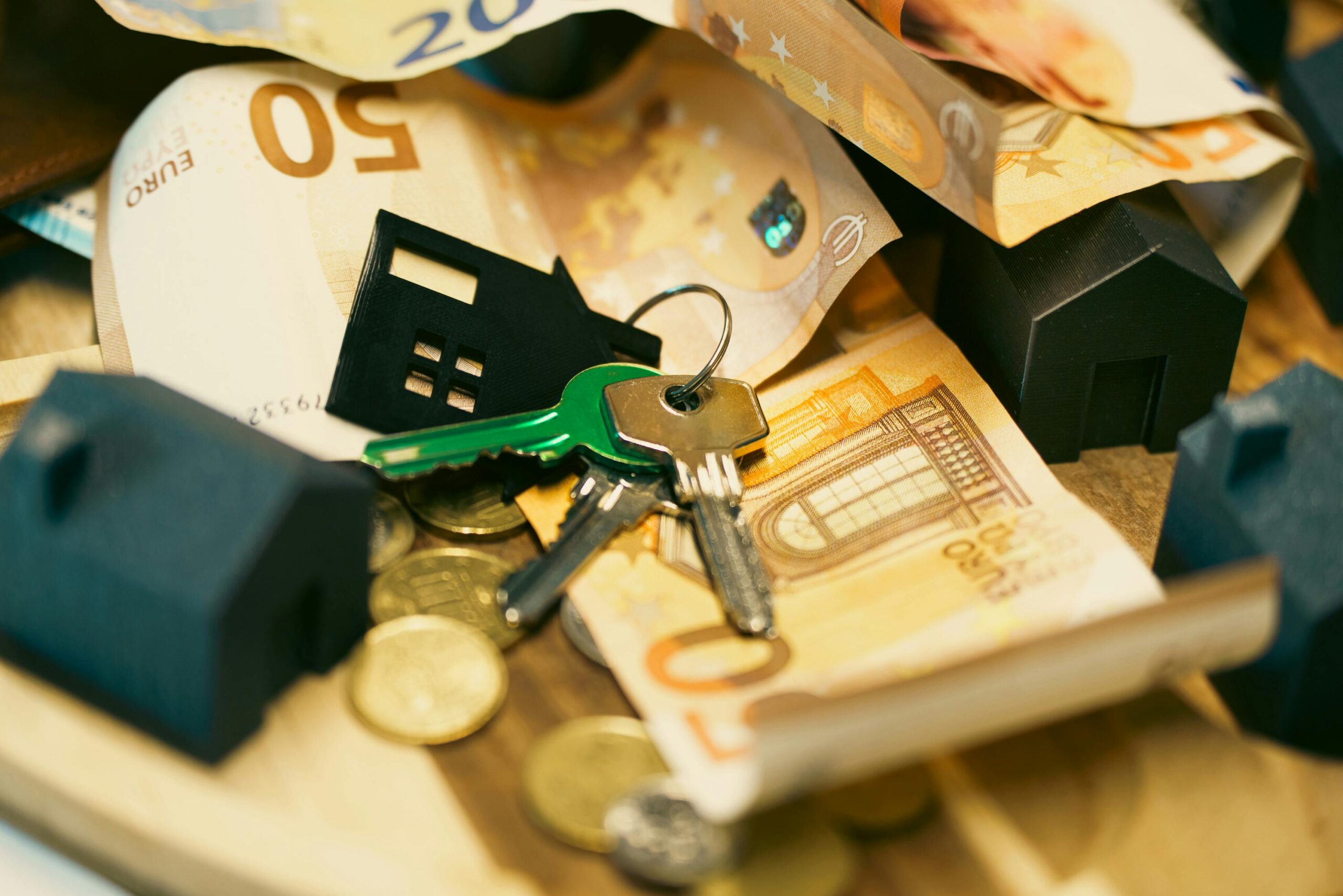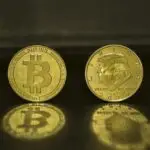As decentralized finance (DeFi) enters a new era, the focus is shifting from purely digital assets to incorporating real-world assets (RWAs). In 2025, tokenizing RWAs has become one of the hottest narratives, promising to bridge the gap between traditional financial instruments and blockchain infrastructure.
By bringing tangible assets like real estate, government bonds, commodities, or even invoices on-chain, RWA tokenization aims to unlock trillions of dollars in dormant value. The promise is massive: greater liquidity, lower transaction costs, easier compliance, and global 24/7 accessibility. Yet, there are challenges around regulation, custodianship, legal frameworks, and technological standards.
This article explains what RWA tokenization is, how it works, why it matters for DeFi, and what hurdles remain before it can fulfill its promise.
What Is Real-World Asset (RWA) Tokenization?
At its core, RWA tokenization means creating a blockchain-based digital representation of a real, physical or off-chain asset. This could include:
- Real Estate (e.g., apartments, commercial property)
- Commodities (e.g., gold, oil, agricultural produce)
- Government and Corporate Bonds
- Invoice Receivables
- Intellectual Property or Royalties
The token represents a legal claim, share, or ownership right to the underlying asset. Smart contracts enforce the terms of these rights, allowing the token to be traded, transferred, or used as collateral within a DeFi ecosystem.
For example, imagine a $1 million commercial building in London is tokenized into 1,000 ERC-20 tokens. Each token represents a fractional claim on the building’s value or rental income, enabling global investors to buy or sell pieces of this real-world property.
This model is transforming how traditional finance interacts with blockchain, shifting away from purely speculative crypto assets to productive, yield-bearing, real-world instruments.
How RWA Tokenization Works in Practice
The process of tokenizing RWAs usually involves several steps:
- Asset Identification and Valuation
A trusted intermediary or oracle verifies the value of the real-world asset. - Legal Structuring
Legal documents define how token holders can claim ownership, profits, or liquidation proceeds. - Custody or Escrow
The physical asset or legal title is held by a custodian to guarantee that the on-chain tokens truly represent something off-chain. - Token Issuance
A smart contract mints tokens on a blockchain, defining their rights and conditions. - Trading and Settlement
The token can then be freely traded on a DeFi platform, or used as collateral in lending protocols, with settlement handled by smart contracts.
This hybrid design combining traditional legal frameworks with blockchain is crucial because no investor would trust a token without clear claims to the underlying asset.
Benefits of RWA Tokenization for DeFi
RWA tokenization promises to bring major advantages to the DeFi space:
- Massive Liquidity: Previously illiquid assets, like real estate, can be fractionally owned and traded 24/7.
- Transparency: All ownership changes are recorded on-chain, improving auditability.
- Efficiency: Smart contracts automate compliance, payment distribution, and transfer of title, reducing middlemen and costs.
- Access for Small Investors: Retail investors around the world can invest in traditionally high-barrier markets, like blue-chip real estate or government bonds.
- Composability: Tokenized assets can be integrated into existing DeFi protocols, enabling uses like on-chain borrowing against tokenized bonds.
For DeFi, this means moving from an ecosystem dominated by speculation to one grounded in real, productive value.
Emerging Examples of RWA Tokenization (2025)
Several projects have pioneered bringing RWAs on-chain. Here are notable examples shaping the market today:
- Ondo Finance: Offers tokenized US Treasury bill products directly integrated with DeFi.
- Centrifuge: Allows businesses to tokenize invoice receivables and use them as DeFi collateral.
- Maple Finance: Focuses on tokenizing real-world private credit to provide on-chain lending markets.
- RealT: Tokenizes US residential properties with fractional ownership and rental distribution on Ethereum.
- MakerDAO: Has integrated tokenized short-term bonds into its collateral system to back DAI.
These examples show that a blend of legal structuring, secure custody, and reliable oracles is needed to bridge real-world finance with on-chain innovation.
Challenges Facing RWA Tokenization
Despite the excitement, real-world asset tokenization is not frictionless. Some of the biggest obstacles include:
- Regulatory Compliance: Jurisdictions worldwide differ in how they treat tokenized securities, property, and fractional ownership.
- Legal Enforcement: If token holders need to exercise claims in a court, enforcing smart contract rights across borders is tricky.
- Custody Risk: Someone must safeguard the off-chain asset; if the custodian fails, the token loses backing.
- Data Oracles: Real-world data like valuation updates or rent flows must be trustworthy and tamper-resistant.
- Standardization: There is no unified technical or legal standard, making interoperability between DeFi protocols challenging.
In many ways, tokenizing real-world assets is harder than purely digital assets because of these regulatory and legal interfaces.
Legal Frameworks and 2025 Regulations for RWAs
Since 2023, regulators have started addressing how to classify and control tokenized assets. In 2025, key frameworks include:
- MiCA (EU): Provides clearer definitions for asset-referenced tokens and mandates disclosures for tokenized instruments.
- SEC (US): Treats many RWA tokens as securities, requiring issuers to register or gain exemptions.
- MAS (Singapore): Encourages tokenization under its sandbox, with strict guidelines on custody and investor protection.
- UK FCA: Considers most RWA tokens “specified investments” subject to traditional financial licensing.
As these frameworks mature, expect more standardized rules that allow DeFi to collaborate with traditional players confidently.
The Future: RWAs as a Foundation of On-Chain Finance
Tokenizing real-world assets could truly transform DeFi from a playground of speculation into a robust, global financial system. In the next five years, expect to see:
- Tokenized government debt widely used for on-chain lending and liquidity pools
- Commercial real estate actively traded in 24/7 DeFi markets
- Commodities like gold tokenized for instant collateralization
- Carbon credits and sustainability credits flowing seamlessly across blockchains
The big picture is clear: RWAs may become the bridge that finally merges the stability and legal frameworks of traditional finance with the speed, transparency, and programmability of DeFi.
Top RWA Tokenization Projects (2025)
| Project | Asset Type | Blockchain | Custodian Model | Regulation/Compliance |
| Ondo Finance | US Treasury Bills | Ethereum, Avalanche | Qualified third-party | SEC exemption, MiCA compliant |
| Centrifuge | Invoice Receivables | Polkadot | Asset-backed pools | EU MiCA framework |
| RealT | US Residential Real Estate | Ethereum | Licensed US property manager | SEC Reg D offering |
| Maple Finance | Private Credit | Ethereum | Off-chain legal contracts | SEC-compliant lending |
| MakerDAO | Short-term Bonds | Ethereum | On-chain vault, external audits | Licensed partners |
Conclusion: RWA Tokenization Is Just Getting Started
In 2025, we stand on the threshold of a financial revolution. Real-world asset tokenization promises to unlock vast value trapped in traditional markets, bringing it into the programmable, borderless world of DeFi.
However, challenges around legal frameworks, custody, compliance, and cross-border enforceability must be solved for this dream to be fully realized. Until then, it is wise for investors to do due diligence, read all token offering documents, and understand exactly how legal claims will be enforced.
In time, RWA tokenization could become the bedrock of the next-generation financial ecosystem making crypto more relevant to the real economy than ever before.





